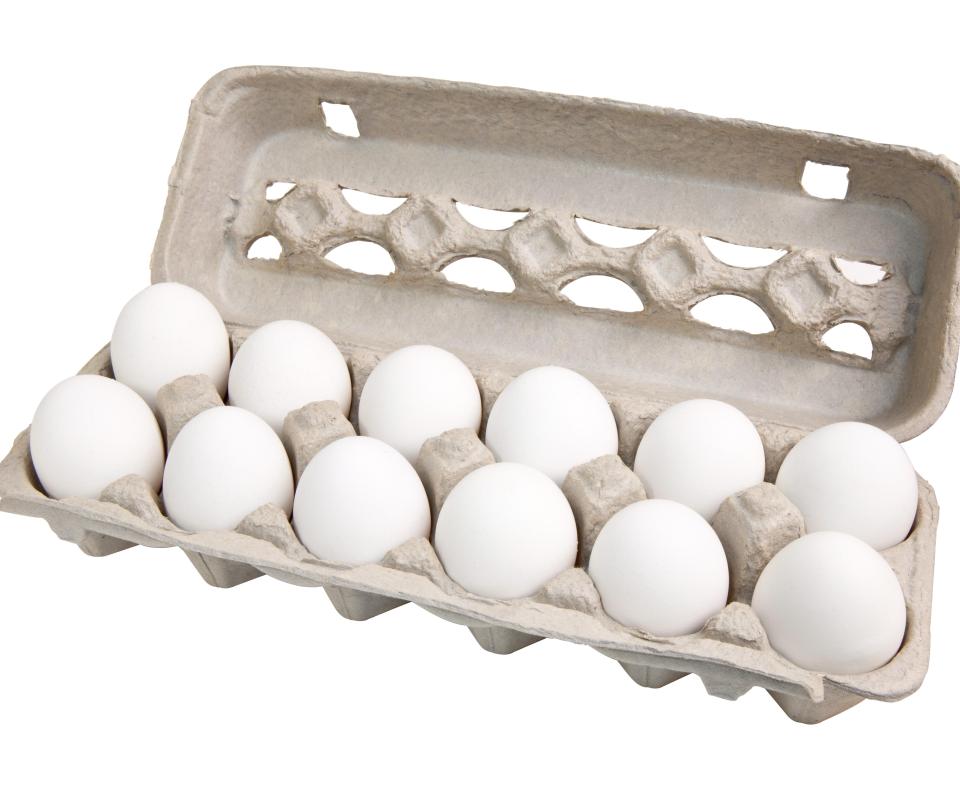At HomeQuestionsAnswered, we're committed to delivering accurate, trustworthy information. Our expert-authored content is rigorously fact-checked and sourced from credible authorities. Discover how we uphold the highest standards in providing you with reliable knowledge.
What is Chitting?
Chitting is the process of encouraging seed potatoes, or tubers, to sprout before they are planted. As soon as possible after they are brought home, seed potatoes are arranged carefully in trays, in conditions where light and temperature are suitable. After several weeks, sturdy green shoots will normally have established themselves at the top of the potatoes, and they will be ready for planting. Although there is some debate about whether potato chitting, or forcing potatoes, is necessary, many agree it gives early potatoes a head start at the beginning of the growing season, while conditions outside are still cold and frosty.
It is usually better to commence chitting as soon as seed potatoes are delivered, or at least to move them to an open box, as leaving them inside packaging restricts their access to light and air. With some early sprouting varieties, where there is a risk that shoots might grow too long before it is time to plant them, it can be helpful to keep them in a dark, cool place to slow their development. The optimum environment for chitting is frost-proof yet light, such as a spare bedroom or an attic. A temperature of around 40 degrees Fahrenheit (about 4 degrees Celsius) is generally suitable, and it is best if the potatoes can be placed near a window. If the temperature is too warm, long thin shoots will be produced rather than the desired short, stout shoots.

In order to chit a potato, it needs to be placed with its eye-end, or rose end, at the top and its heel-end at the bottom. Although there will be eyes on both ends of most potatoes, what is called the eye-end has more. With careful inspection it may be seen that the heel-end bears a small scar which is where the parent tuber was attached. Shallow trays or egg cartons can be ideal containers for chitting. In order to stand potatoes upright on their heel-ends inside a tray, it might be necessary to use crumpled paper to support them but, if egg cartons are used, their rounded depressions will help hold the potatoes in position and prevent them from falling over.

An advantage of chitting is that any diseased or inferior specimens can be discarded before planting. If potatoes have damaged skins, they are more likely to rot during the chitting process. A healthy chit should reach around one inch (about 25 mm) in length. Once chitting has been successfully carried out, potatoes can be planted outside after the worst of the cold, frosty weather is over.
AS FEATURED ON:
AS FEATURED ON:












Discuss this Article
Post your comments